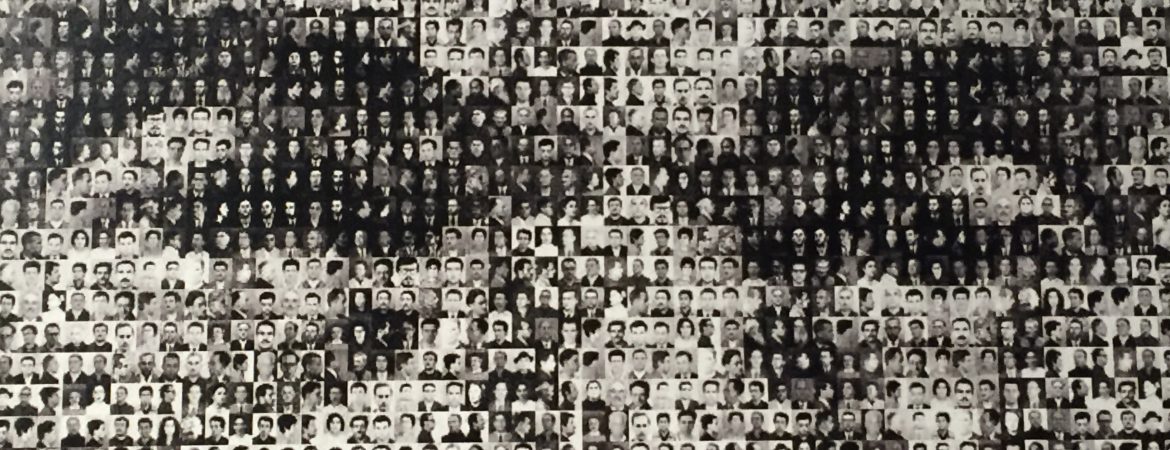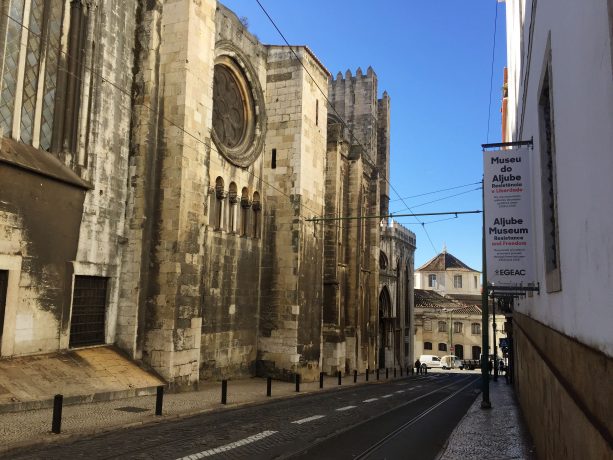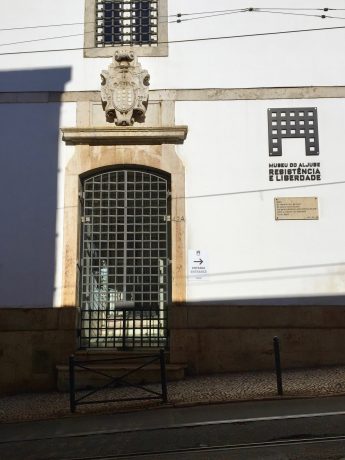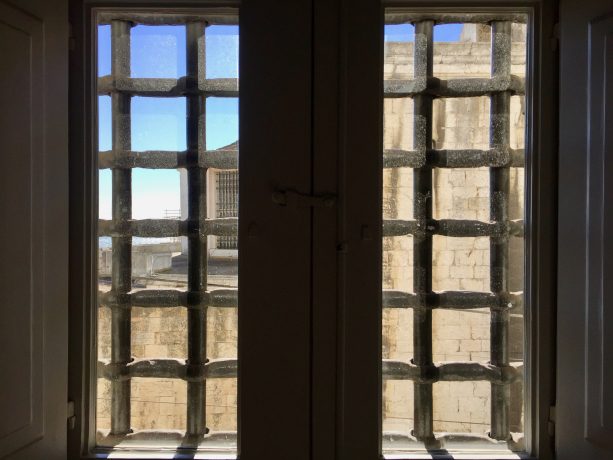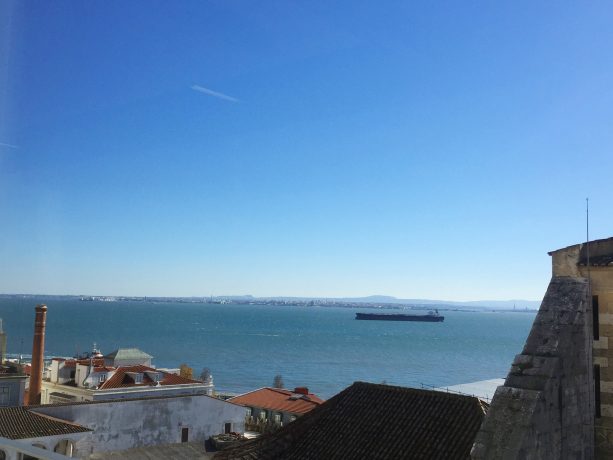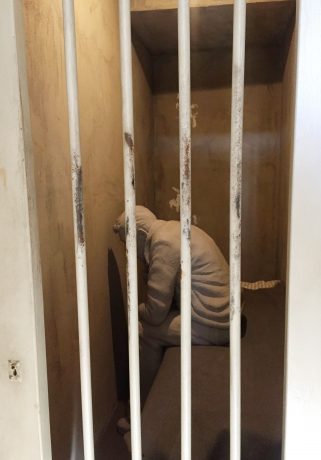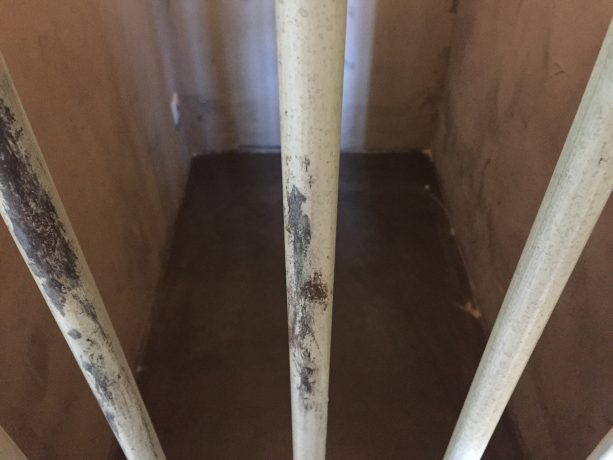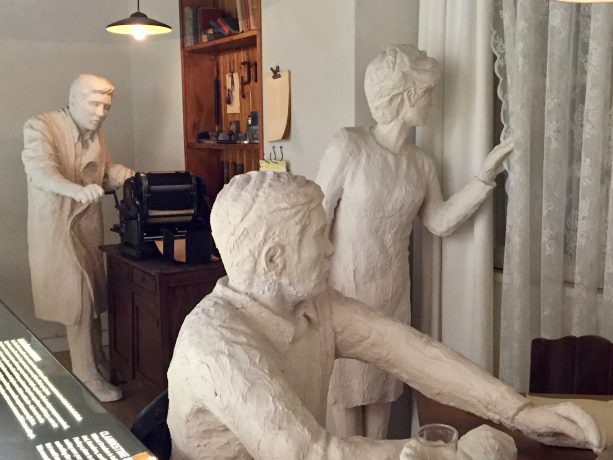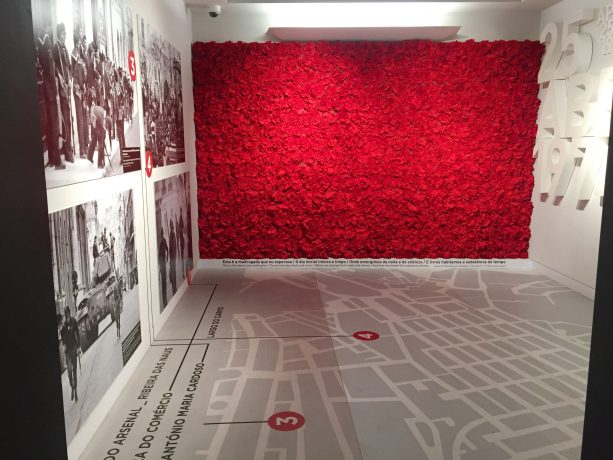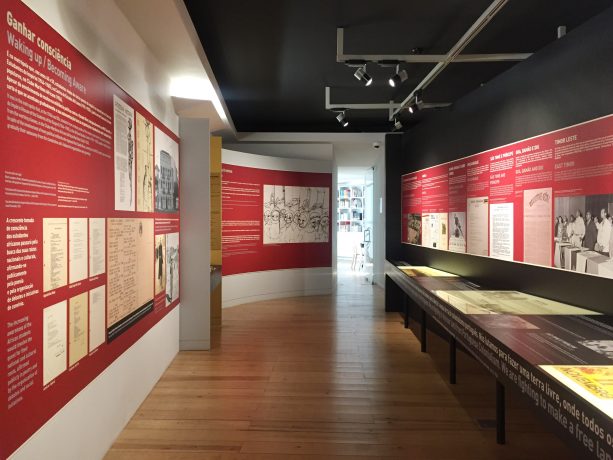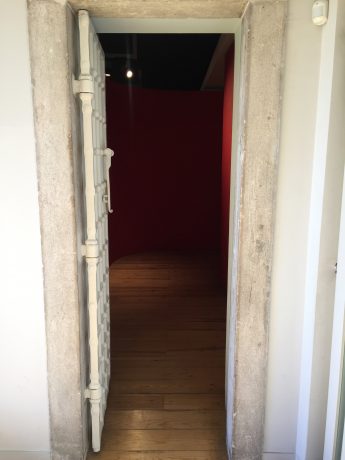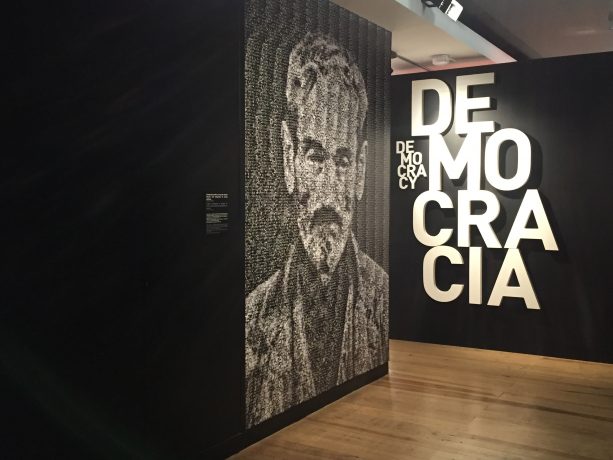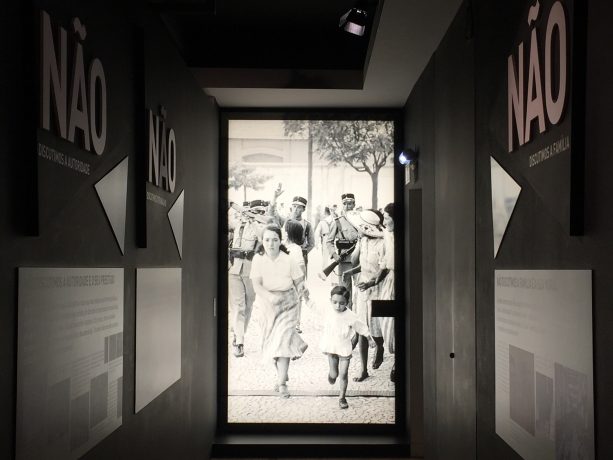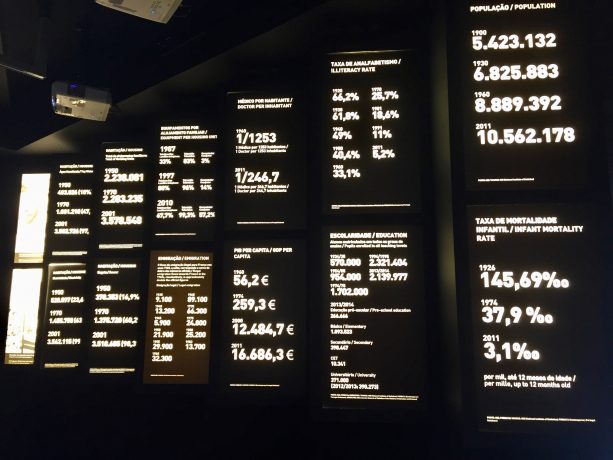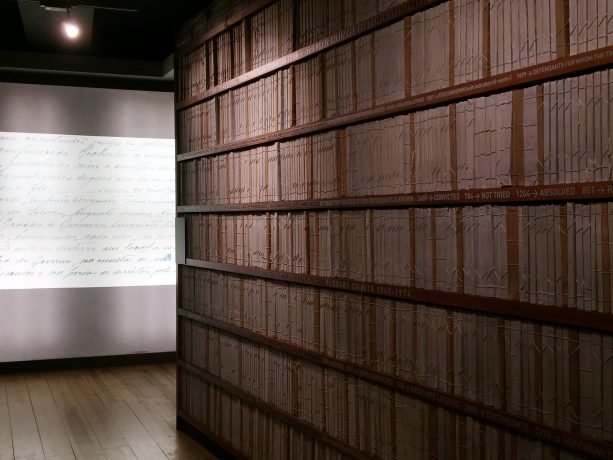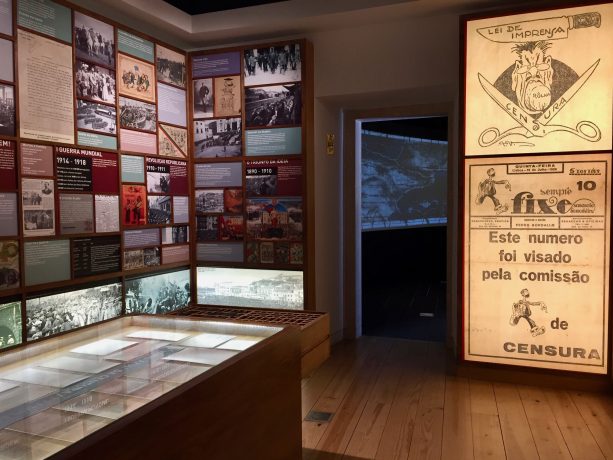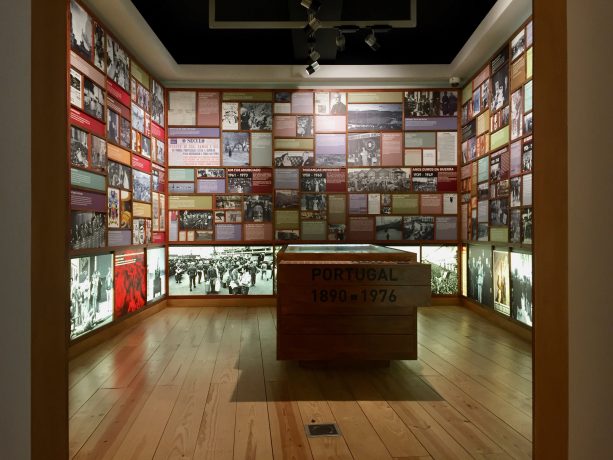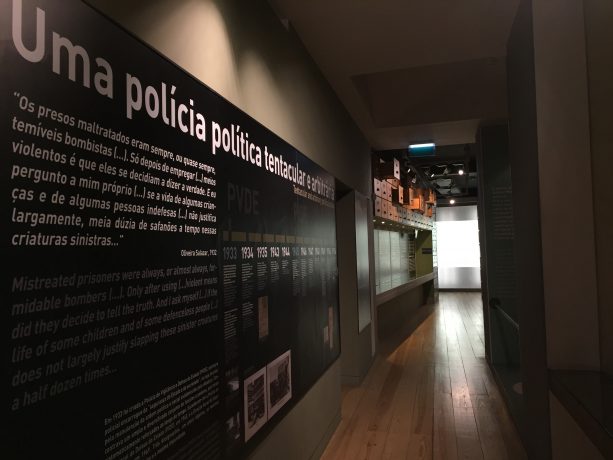Lisbon attracts visitors from all over the world mostly because of its relaxing atmosphere, great weather, proximity to the ocean and nice food. There are streets where time seems to have stopped and the rush of the current world can’t be felt. However, there is one place that should be a must-visit for everyone coming to the city, but it’s a hidden place that even some taxi drivers haven’t heard of. It’s a museum created in the former Aljube prison called the Museum of Aljube – Resistance and Freedom this museum was created as a testimony to what happened inside this prison and serves as a warning to future generations.
Aljube is located very closely to Sé Cathedral (quite hidden) at 42 Rua de Augusto Rosa. The first mentions of the building reaches back to the 1st century B.C. in the Roman renovation of the city of Olisipo. The name Aljube comes from the word „al-jubb”, which means waterless well, dungeon or prison, which it has always served as. The building remained untouched even after the great earthquake of 1775. Throughout its history, it was only closed for ten years, just before 1845 when it was opened as a prison for women. Starting in 1928, when Portugal's military dictatorship began, Aljube became a private prison for political and social prisoners. It was closed completely in the summer of 1965 after various national and international protests against the conditions of detention implemented there. The Museum was opened for the public in 2015.
Museum of Aljube is located inside the Aljube prison building, because there is nothing more valuable than explaining and describing history inside the place where it actually happened. The thick walls make the interiors looks dark and grim; visitors remain tense during the whole visit, carefully examining the display through all the four floors. The journey starts in the first half of the 20th century, when fascist movements leading to dictatorships were appearing throughout Europe, including in Portugal.
The exhibition is spread between three flours (on the top floor there is a amazing view of the city and cafe), and each part is focused on different stages and aspects of the developing dictator’s regime. The ground floor display presents only the beginning of the upcoming dark times, such as showing examples of censorship, a brief historical summary and important speeches given by the dictator, Salazar (an interesting fact is that J.K.Rowling, author of Harry Potter series, named one of the Hogwart founders after him: Salazar Slytherin was one of the darkest characters of the magic world). Visitors can face the „unquestionable truths” that Salazar introduced as a core of his regime, covering its political and ideological sides. All of the phrases start with the memorable „WE DO NOT.”
As it was mentioned above, the Aljube building started serving as political prison in 1928. Then, in 1935, the grille was placed between visitors and prisoners in the visitation area; however, it was not until the 1940s when the conditions changed dramatically. The isolation cells were made, the so-called „pens” or „drawers.” They were prepared „to fit a man laying down”. There were 14 of those, located on the second floor, with cells measured about one meter wide by two meters long. „The light and the air entered through a 15 cm by 20 cm shutter, filtered through two iron doors, a shutter, in fact permanently closed”. On the second floor of the Museum, there are still three of the pens displayed for the visitors’ sight. It’s truly disturbing to see such conditions, even if the characters put inside are now made from gypsum and only for the purpose of presentation. It’s terrifying to think that so many people had to face such detention and there are actually survivors who still carry those dark years inside them.
An inscription on the outside says:
Here from the silence of the „drawers” of the homeland gnawed of the breasts broken by the tortures of the request rose the cry of freedom flowered April
Inside the prison, torture was a popular method of punishment or part of investigations. The big part of the display is focused on the horrible ways of treating prisoners that included: electric shock and burning, beatings, sleep torture, statue torture, threats, humiliation and isolation. All of that was a part of the whole process of dehumanizing captured „enemies” of the military dictatorship. There is also a special board titled „At the edge of pain” to emphasis what the actual damages of the short and long term torture is.
The exhibition is filled with many testimonies of Aljube survivors who made massive sacrifices to work in the underground field against the dictatorship. They are explaining the risk, the procedure, the fear of hiding and being caught. While walking down the corridor of the exhibition, suddenly you hear a phone ringing. Even as a visitor you react with panic and you freeze for a second, because your senses are already on edge from listening to all the stories told within the walls of the Museum. The fear is still there, very much present on each floor, as if the years of human terror stored there for centuries are never going to leave Aljube.
On the forth floor, there is a real reward - a beautiful view of the city, now relaxed and happy, sinking in the sun. While on the ground floor, there is usually a temporary exhibition taking place, mainly focused on the themes of freedom, repression, society and liberation.
Aljube still stands as a warning and a great history lesson for everyone visiting it. The exhibition is mostly presented in two languages: Portuguese and English, therefore international visitor tours are equally fruitful. The peaceful atmosphere of Alfama, the oldest part of Lisbon, hides a great pearl of the city - dark, but beautiful and absolutely worthy of visiting.
